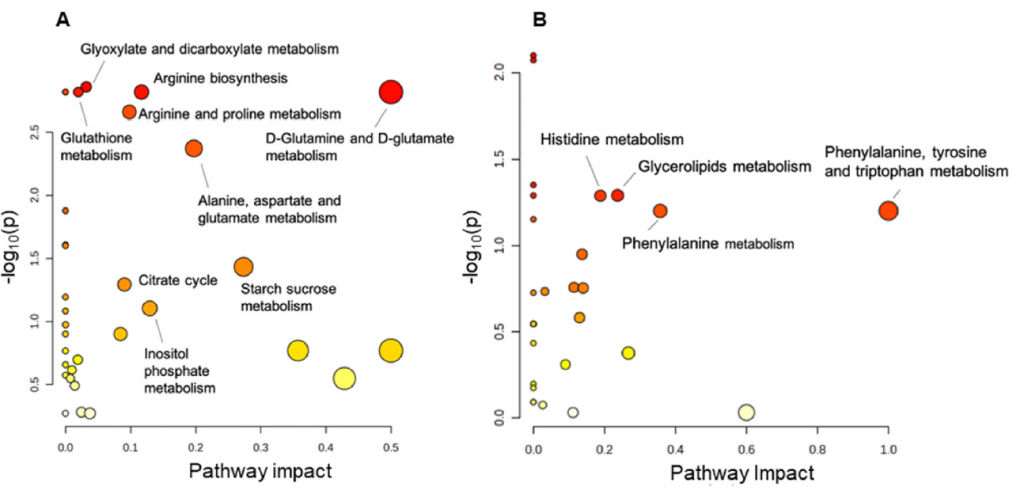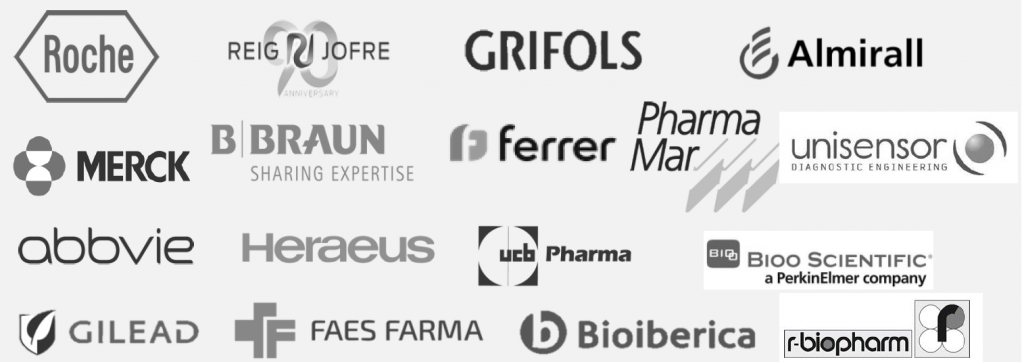
NANBIOSIS Unit 26 identifies biomarkers of carotid plaque vulnerability, aiding stroke prevention with advanced NMR metabolomics and collaborative innovation.
Valencia, december 2024. NANBIOSIS Unit 26, one of our NMR Biomedical Applications Platforms, has once again demonstrated its essential role in cutting-edge medical research. A recent study, conducted in collaboration with multiple research institutions, identified key biomarkers associated with carotid plaque vulnerability, a critical factor in stroke risk.
A Collaborative Effort in Cardiovascular Research
The study analyzed metabolic differences between symptomatic and asymptomatic carotid plaques, aiming to predict which plaques are at higher risk of rupture. Using advanced nuclear magnetic resonance (NMR) spectroscopy, researchers studied 38 plaque samples and 70 serum samples to identify critical metabolites associated with plaque vulnerability.
The findings revealed that glutamate in plaques and threonine in serum are significant biomarkers for symptomatic cases, providing a foundation for new diagnostic and therapeutic strategies to prevent strokes.
NANBIOSIS Contribution
NANBIOSIS Unit 26, located at the Faculty of Medicine of the University of Valencia (UV) and part of the Centro de Investigación Biomédica en Red (CIBER-BBN), provided the RMN-600MHz required for this research, enabling high-resolution analysis of biological samples.
The Unit’s contribution included processing tissue and serum samples and applying metabolomic profiling techniques to identify and quantify metabolites, yielding robust and reproducible results. The high sensitivity and specificity of these analyses were pivotal to the study’s success.
Implications for Stroke Prevention
Carotid artery stenosis, caused by the accumulation of atherosclerotic plaques, is a leading cause of stroke. However, the risk depends more on plaque vulnerability than the degree of arterial narrowing. The discovery of biomarkers such as glutamate, myo-inositol, threonine, and histamine offers promising pathways for non-invasive diagnostics to assess plaque stability and stroke risk.

based on the metabolites found in the serum. Creative Commons CC-BY-NC-ND from https://doi.org/10.1016/j.talanta.2024.127211
Looking Forward
This research highlights the value of metabolomics in understanding cardiovascular diseases and demonstrates NANBIOSIS’s role in fostering collaborative innovation. Future efforts will focus on validating these biomarkers in larger cohorts and exploring their clinical application for early diagnosis and prevention of stroke.
For more information on NANBIOSIS Unit 26 and its cutting-edge research infrastructure, visit NANBIOSIS Unit 26. For more information about this research, you can read the full scientific publication here.
What is NANBIOSIS?
The goal of NANBIOSIS is to provide comprehensive and integrated advanced solutions for companies and research institutions in biomedical applications. All of this is done through a single-entry point, involving the design and production of biomaterials, nanomaterials, and their nanoconjugates. This includes their characterization from physical-chemical, functional, toxicological, and biological perspectives (preclinical validation).
Leading scientists
The main value of NANBIOSIS is our highly qualified and experienced academic scientists, working in public institutions, renowned universities and other research institutes.
Custom solutions
Designed for either scientific collaboration or the private industry, we adapt our services to your needs, filling the gaps and paving the way towards the next breakthrough.

Cutting-Edge facilities
Publicly funded, with the most advanced equipment, offering a wide variety of services from synthesis of nanoparticles and medical devices, including up to preclinical trials.
Standards of quality
Our services have standards of quality required in the pharmaceutical, biotech and medtech sectors, from Good Practices to ISO certifications.
In order to access our Cutting-Edge Biomedical Solutions with priority access, enter our Competitive Call here.
NANBIOSIS has worked with pharmaceutical companies of all sizes in the areas of drug delivery, biomaterials and regenerative medicine. Here are a few of them:









